We’ll introduce the most commonly seen owls in Wyoming with pictures and key data. The information was collected only from reliable sources and verified with an Ornithologist.
Did you know that there are different types of owls that can be found in Oklahoma? In this blog post, we will take a look at some of the most common owl species in our state. We will discuss their physical features, as well as what kinds of habitats they prefer.
Most Common Owl Species in Oklahoma:
American Barn Owls

American Barn Owls are one of the most common owl species in Oklahoma. They are mostly nocturnal and can be identified by their characteristic heart-shaped face. American Barn Owls typically prey on small rodents, but will also eat insects, reptiles, and amphibians. They live in open areas such as fields, pastures, and open woodlands. American Barn Owls are monogamous, and the male and female typically share parenting duties. Nests are typically made of sticks and can be found in trees or on buildings. These owls have a lifespan of about six years. American
Barn Owls in Oklahoma can be found statewide. They are most common in the eastern and central parts of the state, but can also be found in the Panhandle and along the Red River Valley. American Barn Owls are a protected species in Oklahoma. It is illegal to kill, capture, or possess them without a permit from the Department of Wildlife Conservation.

Eastern Screech Owl
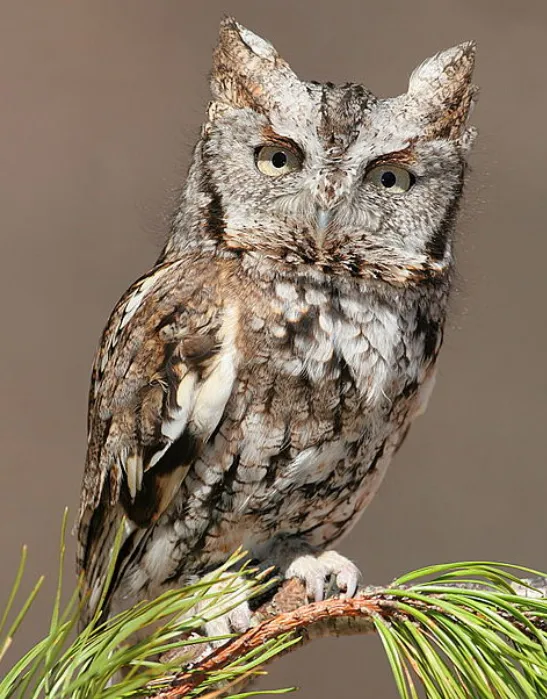
The Eastern Screech Owl is a small owl that is found in Oklahoma. They are nocturnal birds and their diet consists of small mammals and insects.
These owls have either gray or red-brown feathers and they are known for their distinctive call. If you’re lucky, you may spot an Eastern Screech Owl in your backyard or at a park in Oklahoma.
These owls are beneficial to the environment because they help to keep populations of small mammals in check. So, if you’re lucky enough to see one of these beautiful creatures, be sure to take some time to appreciate it!
The Eastern Screech Owl is a small owl that is found throughout Oklahoma. These owls are nocturnal, and their diet consists of small mammals and insects.
Eastern Screech Owls have either gray or red-brown feathers, and they are known for their distinctive call. If you’re lucky, you may spot an Eastern Screech Owl in your backyard or at a park in Oklahoma.
These owls are beneficial to the environment because they help to keep populations of small mammals in check. So, if you’re lucky enough to see one of these beautiful creatures, be sure to take some time to appreciate it!

Snowy Owl
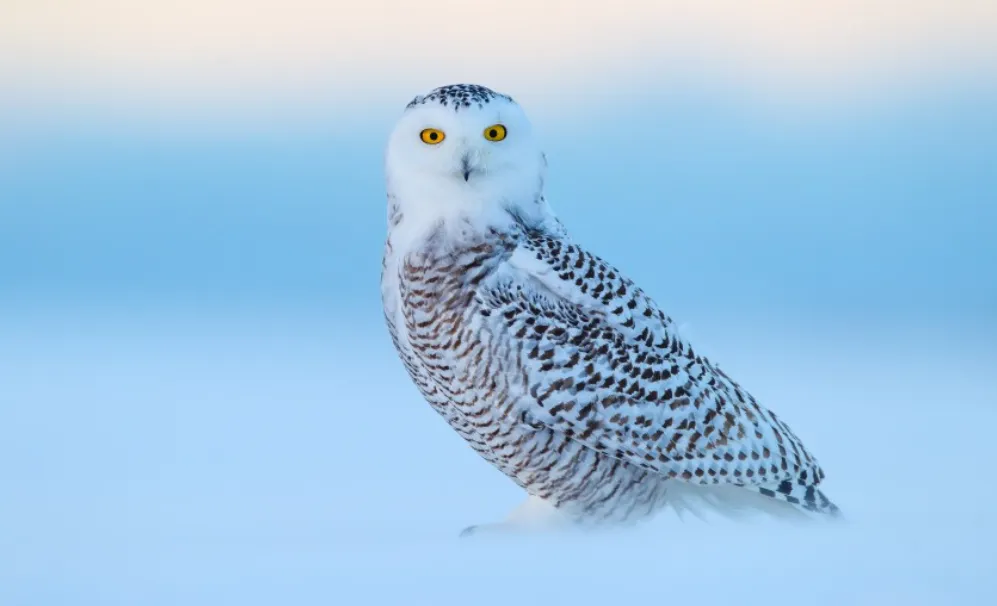
Snowy Owls are usually found in the Arctic tundra, but every so often one will wander down to Oklahoma. They’re easy to identify because of their pure white plumage and black eyes. Snowy Owls are diurnal, which means they hunt during the day. They eat small mammals, birds, and fish. Snowy Owls are very territorial and will often attack other owls or predators that enter their territory. They can be quite vocal, emitting a range of hoots, barks, and shrieks. Snowy Owls in Oklahoma are typically found near open fields or on the edges of woods.
They often roost on power poles or in trees. Snowy Owls are a beautiful sight to see and are sure to capture the attention of anyone who sees them.

Short-eared Owls
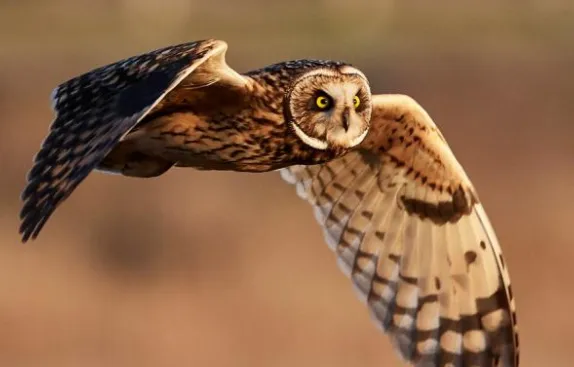
Short-eared Owls are one of the most common owl species in Oklahoma. They can be found statewide, and they prefer open habitats such as grasslands, prairies, or marshes.
Short-eared Owls are nocturnal birds and their diet consists of small mammals, reptiles, amphibians, and insects. They are monogamous, and the male and female typically share parenting duties. Nests are typically made of grasses or other vegetation and can be found on the ground in open areas.
Short-eared Owls have a lifespan of about ten years. These owls are a protected species in Oklahoma, so it is illegal to kill, capture, or possess them without a permit from the Department of Wildlife Conservation.

Long-eared Owls
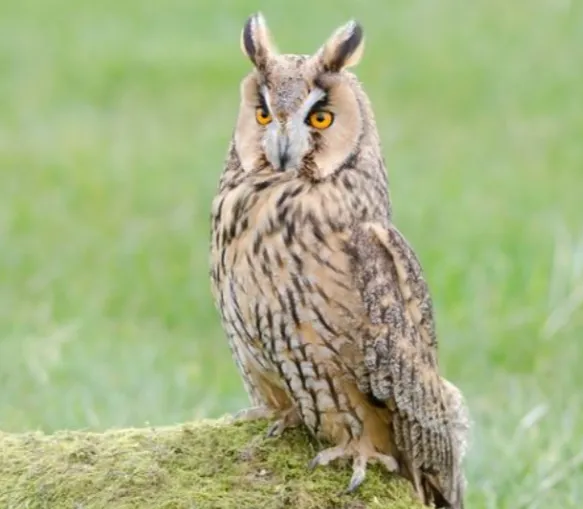
Long-eared Owls are medium-sized owls with long ears that protrude from the sides of their head. They have a brown body with white spots on their wings and tail.
Long-eared Owls in Oklahoma typically live in open habitats such as prairies, meadows, pastures, and open woodlands. They are very active during the day and can be seen perched on fence posts or tree branches watching for prey.
Long-eared Owls eat a variety of prey including small mammals (such as mice, voles, and shrews), birds, amphibians, reptiles, and insects. They hunt by sitting on a perch and watching for prey.
When they see something, they will swoop down and grab it with their talons.
Long-eared Owls typically mate for life and lay their eggs in a nest made of sticks. The female will incubate the eggs for about 28 days. Once the chicks hatch, they will stay in the nest for about 40 days before they learn to fly.

Western Screech-Owls
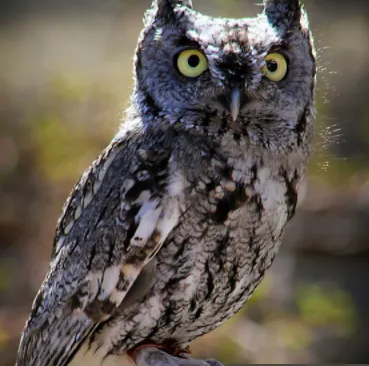
The Western Screech-Owl is a small owl with large, round eyes. It has ear tufts that are barely visible. The upper parts of the owl are grayish brown, and the underparts are white with heavy streaks.
There is a dark band across the chest. The wings and tail are barred with light and dark brown.
The Western Screech-Owl is found in open woodlands, groves of trees, and along creeks and rivers. It hunts from a perch or by flying slowly over the ground. The owl eats small rodents, insects, and other invertebrates.
The Western Screech-Owl nests in tree cavities. The female lays three to four eggs. The chicks hatch in about 26 days and are dependent on the parents for about six weeks.
The Western Screech-Owl is a common owl in Oklahoma. It can be seen throughout the state, except in the highest elevations of the mountains. This owl is easy to identify because of its characteristic call, which sounds like a screech.

Related article: Types of Owls in Connecticut
Burrowing Owls

Burrowing Owls are one of the most easily recognized owls in Oklahoma. They have a distinct white face and chest with a dark brown back. They are about 12 inches long and have a wingspan of about 36 inches.
Burrowing Owls live in open country, prairies, pastures, farmland, and golf courses. They live in holes that they dig in the ground, and they also use the burrows of other animals.
Burrowing Owl is diurnal, which means is active during the day. They hunt for small mammals such as rabbits, prairie dogs, and mice.
They also eat insects and some birds. Burrowing Owls are known to cache food in their burrows.
Burrowing Owls are territorial and monogamous. The male and female work together to raise the young. Burrowing Owls typically have one or two eggs per clutch.
The eggs hatch in about 28 days, and the young owls stay with the parents for about six weeks.

Great Horned Owl
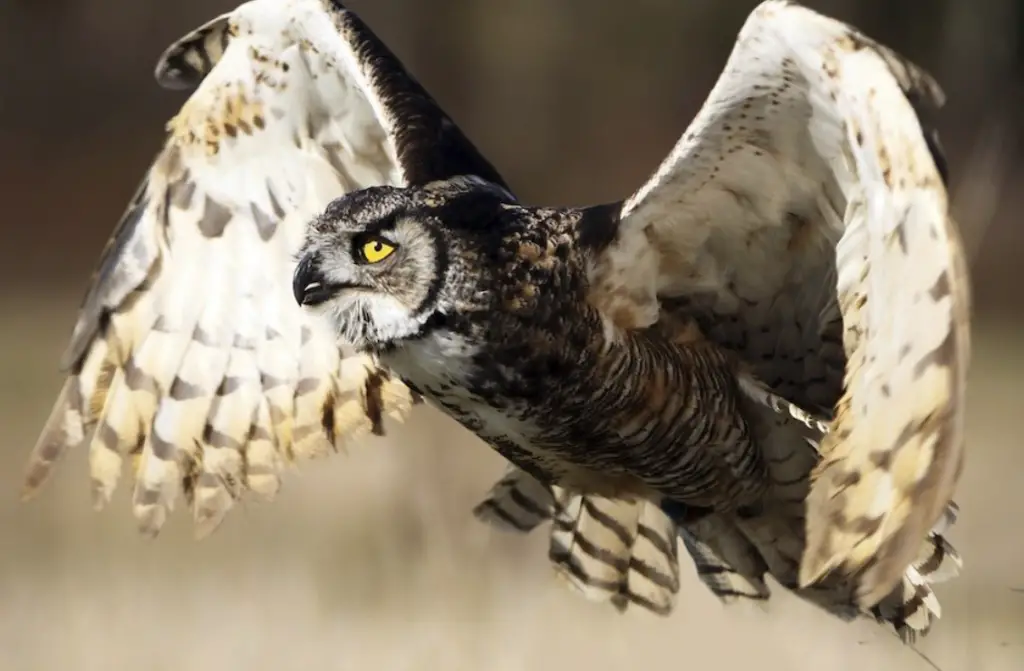
The Great Horned Owl is a large owl with prominent ear tufts. It has a dark brown body with white spots and streaks. The underparts are light-colored with dark bars. The wings are long and broad. The tail is short and square-shaped. The head is large and round. The beak is black and the eyes are yellow.
The Great Horned Owl is found in a variety of habitats, including forests, grasslands, and deserts. It often nests in trees, but it can also nest on the ground.
The Great Horned Owl is a nocturnal bird. It hunts at night for small mammals, such as rodents and rabbits. The Great Horned Owl also eats birds, reptiles, and amphibians. It is a very versatile predator.
The Great Horned Owl is found in Oklahoma year-round. It is a common bird and can be seen in many different habitats. The Great Horned Owl is an important part of the ecosystem and plays a key role in controlling rodent populations.
If you see a Great Horned Owl, be sure to enjoy the experience and take some time to appreciate this amazing bird.

Barred Owl
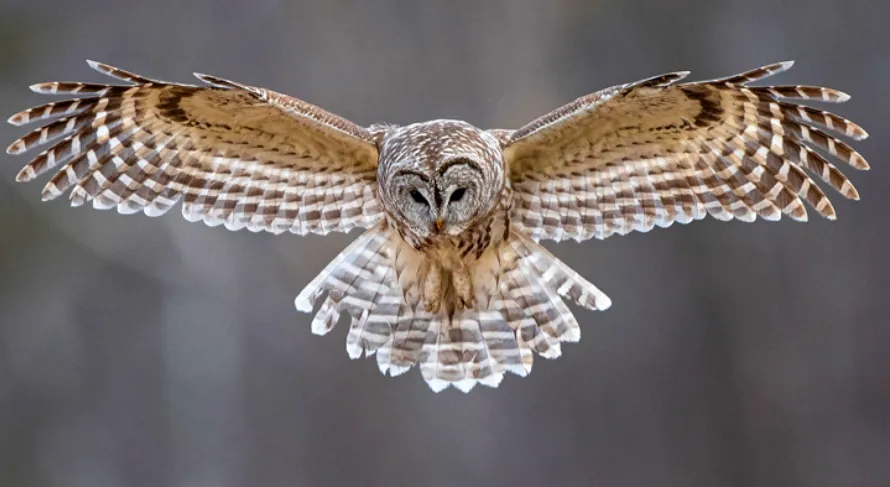
The Barred Owl is a medium-sized owl with brown and white feathers. They have a round head, dark eyes, and a yellow beak. Barred Owls can be found in many different habitats including forests, swamps, and even urban areas.
They are mostly nocturnal and feed on small mammals such as rodents, birds, and reptiles. Barred Owls are also known to eat insects, amphibians, and fish. They have a wingspan of about 44 inches and can live up to ten years in the wild.
Barred Owls are common in Oklahoma and can be found statewide. They are considered a species of least concern by the IUCN.
Barred Owl populations in Oklahoma appear to be healthy and are not currently listed as a state threatened or endangered species.
Although they can be found throughout the state, they are most common in southeastern Oklahoma. Barred Owls typically nest in trees and lay between two and four eggs per clutch.
The female owl does most of the incubating, while the male provides food for her and the chicks. both parents help to care for the young owls until they are old enough to fend for themselves.

What is the biggest owl in Oklahoma?
The biggest owl in Oklahoma is the great horned owl. These owls can weigh up to four pounds and have a wingspan of nearly five feet. They are predators, feeding on small mammals such as rabbits, skunks, and rodents. Great horned owls live throughout Oklahoma, but they are most common in the eastern part of the state. They are also found in other parts of the United States, as well as Canada and Mexico.
Are owls good to have around your house?
It depends on what you’re looking for in a pet. Owls are nocturnal creatures, so if you’re looking for a furry friend to keep you company during the day, an owl is probably not the right choice.
However, owls are very quiet and relatively low-maintenance pets, so if you’re looking for a low-key pet that you can leave alone during the day, an owl might be a good option.
Owls also make great watchdogs; they’re known to bark and hoot when they hear something strange, which can help alert you to potential danger.
If you’re thinking about getting an owl as a pet, be sure to do your research first.
Different owl species have different needs, so it’s important to choose a species that will be a good fit for your lifestyle and home.
For example, some owls need a lot of space to fly, so if you live in an apartment or other small space, you’ll need to choose a smaller owl species that don’t require as much space to fly.

An avid ornithologist, zoologist and biologist with an unwavering passion for birds and wild animals.
Dr. Wilson’s journey in ornithology began in childhood and led him to obtain a Ph.D. in Ornithology from the prestigious Avian Research Institute. He has worked closely with renowned experts in the field and conducted extensive research and field studies globally.

